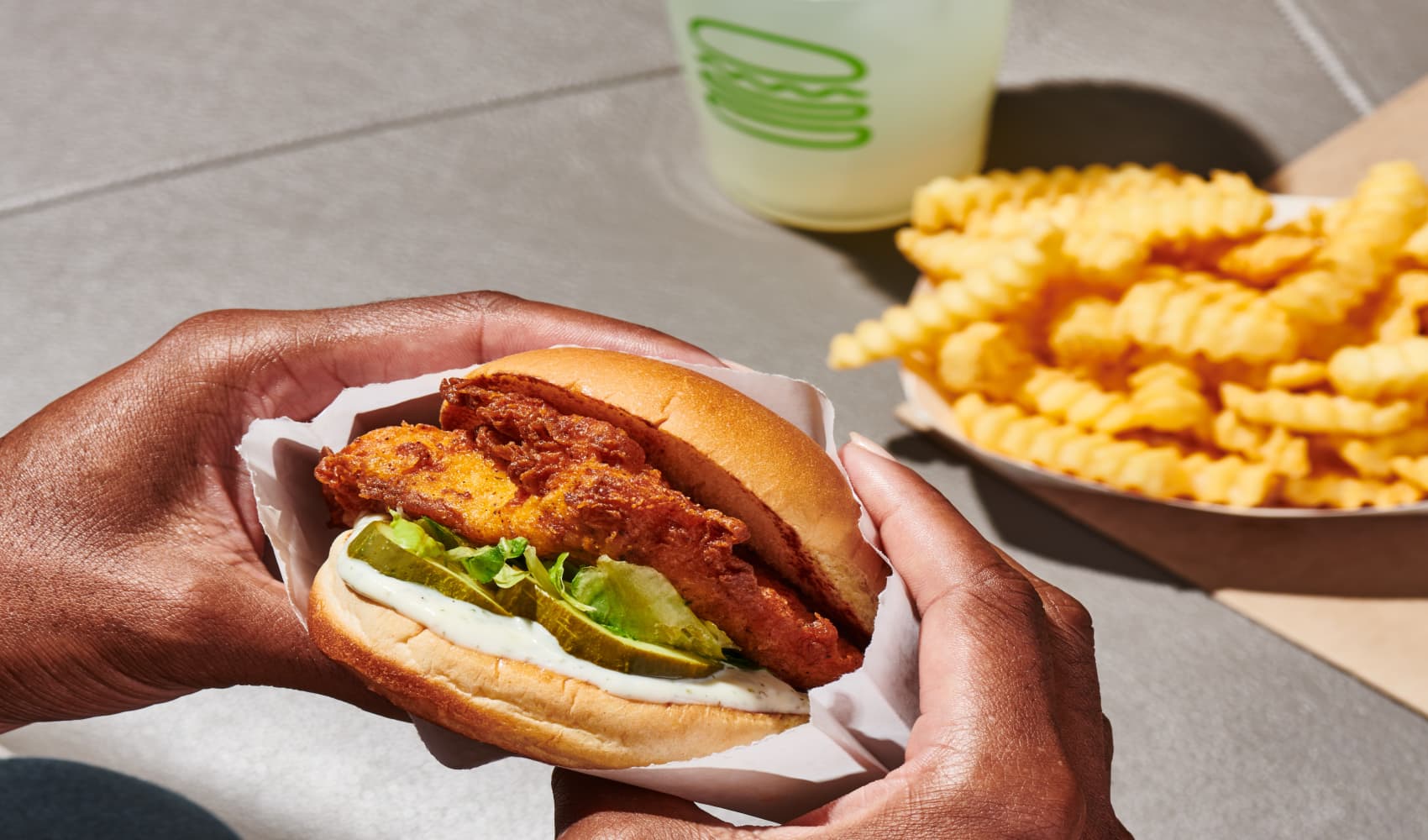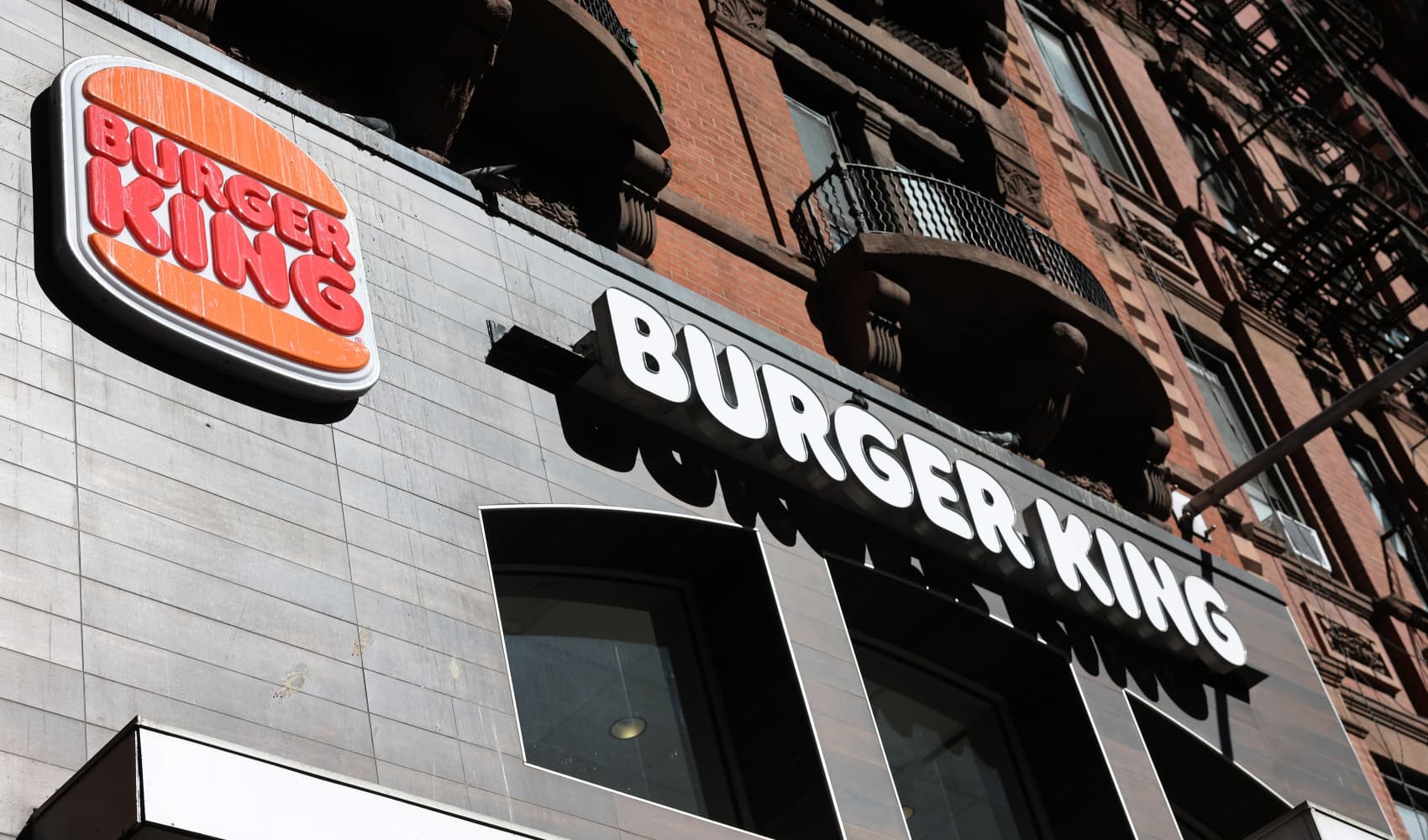Super Micro Stock Plunge: What's Behind the Dive?
Super Micro Meltdown: Why Shares Plunged After Weak Financials
Introduction: A Jolt for the Server Giant
Tuesday brought a shockwave to the tech world as Super Micro Computer, Inc. (SMCI) saw its stock price plummet. The catalyst? Weaker-than-expected preliminary financial results for the fiscal third quarter. It’s a story of shattered expectations, delayed deals, and a market that’s quick to react to any sign of vulnerability. So, what exactly happened, and what does it mean for the future of this once high-flying server manufacturer? Let's dive in.
What Sparked the Plunge? Preliminary Results Disappoint
The initial trigger was the release of Super Micro’s preliminary financial figures. These weren't just a little off; they significantly missed the mark compared to what analysts had been anticipating. Imagine preparing for a feast and ending up with a snack. That's the kind of disappointment investors felt.
Diving Deeper: EPS and Revenue Misses
Earnings Per Share (EPS) Failure
Let's talk numbers. The company projected adjusted earnings per share (EPS) of 29 to 31 cents. The consensus estimate, however, was a much rosier 54 cents. That's a massive discrepancy! Think of it as missing a crucial deadline by a mile. It immediately sent alarm bells ringing.
Revenue Shortfall: Billions Below Expectations
The revenue figures weren't any better. Super Micro anticipated revenue in the range of $4.5 billion to $4.6 billion. Analysts, on the other hand, were expecting a whopping $5.5 billion. A billion-dollar shortfall is like finding a gaping hole in your budget – it's hard to ignore.
Why the Shortfall? Delayed Decisions and Shifting Sales
Super Micro attempted to explain the disappointing results, attributing them to "some delayed customer platform decisions [that] moved sales" into the following period. What does this mean? Simply put, some major customers put the brakes on their purchasing plans, pushing those sales into the future. It’s like having a promised check bounce – it throws everything off.
A History of Challenges: More Than Just One Bad Quarter
This isn't Super Micro's first rodeo with turbulence. The company faced headwinds last year, including delayed financial filings and scrutiny from short-seller reports. These past challenges cast a shadow on the current situation, making investors even more sensitive to any signs of trouble. It's like a building with a history of structural issues – every crack seems more alarming.
The Market Reaction: A 19% Nosedive
The stock market reacted swiftly and harshly. Super Micro shares plunged as much as 19% on Tuesday. That's a significant drop, reflecting the market's loss of confidence in the company's immediate prospects. It's a stark reminder of how quickly investor sentiment can change.
What Do the Analysts Say? Downgrades and Uncertainty
Wall Street analysts are now scrambling to reassess their outlook for Super Micro. Downgrades are likely, and uncertainty is the prevailing sentiment. Analysts are likely reevaluating their models, considering the impact of delayed sales and the potential for further disruptions. It's a period of intense scrutiny and revised expectations.
The Competitive Landscape: Is Super Micro Losing Ground?
The server market is fiercely competitive, with players like Dell, HP, and Lenovo vying for market share. Could Super Micro be losing ground to its rivals? This is a crucial question that investors are asking. Have other companies introduced more attractive or price-competitive solutions? Is Super Micro struggling to keep pace with the rapid pace of innovation in the industry? These are vital concerns for the company’s long-term success.
Supply Chain Issues: Still a Lingering Problem?
The global supply chain has been a source of disruption for many industries. Could supply chain issues have played a role in Super Micro's disappointing results? Even if the primary reason for the missed targets was delayed customer decisions, supply chain bottlenecks could have exacerbated the situation. This warrants careful consideration.
The Future of AI: Will Super Micro Still Be a Player?
AI Server Demand: A Double-Edged Sword
Super Micro has been a prominent player in the market for servers optimized for artificial intelligence (AI) workloads. But is this growth sustainable? Has the company effectively capitalized on the AI boom? If customer platform decision delays affect AI server sales particularly, then the repercussions could be lasting. Is the company adapting rapidly enough to the shifting demands of the AI market?
Innovation and Adaptation: A Must for Survival
The company’s future success depends on its ability to innovate and adapt to new technologies and emerging market trends. If it fails to remain competitive, it risks losing market share to rivals who are better at seizing opportunities. It’s survival of the fittest in the tech industry, and complacency is a death sentence.
Management's Response: What Actions Are Being Taken?
Investors are now looking to Super Micro's management team for answers and reassurance. What steps are they taking to address the challenges and get the company back on track? Are they revising their sales strategy? Improving supply chain resilience? Communicating more effectively with customers? The management's response will be crucial in restoring investor confidence.
Investor Sentiment: A Wait-and-See Approach
For now, a wait-and-see approach seems prudent for investors. The market will be closely watching Super Micro's performance in the coming quarters to see if it can deliver on its promises and regain its momentum. Whether to buy, sell, or hold will depend heavily on the company's ability to bounce back.
Long-Term Outlook: Can Super Micro Recover?
Despite the recent setback, it's not all doom and gloom for Super Micro. The company still possesses a strong brand, innovative technology, and a solid customer base. The key will be its ability to overcome the current challenges, adapt to changing market conditions, and regain investor trust. Can Super Micro weather the storm and emerge stronger on the other side? Time will tell.
Conclusion: Key Takeaways and Future Watch
Super Micro's recent stock plunge serves as a cautionary tale about the volatility of the tech market and the importance of meeting expectations. Delayed customer decisions and past challenges contributed to the disappointing results, leading to a significant market correction. The company's future success hinges on its ability to innovate, adapt, and regain investor confidence. Investors should closely monitor Super Micro's performance in the coming quarters to assess its recovery prospects. Will the company overcome its current issues and continue playing a significant part in the server market? Only time will tell.
Frequently Asked Questions
Here are some frequently asked questions regarding the Super Micro stock decline:
- Why did Super Micro's stock price drop significantly?
The stock plummeted after the company released preliminary financial results for the fiscal third quarter that were well below analysts' expectations. - What were the key metrics that missed expectations?
Both earnings per share (EPS) and revenue fell short of the projected targets. EPS was significantly lower, and revenue was a billion dollars below the consensus estimate. - What reasons did Super Micro give for the weak results?
The company cited delayed customer platform decisions, which pushed sales into the following period. - Has Super Micro faced challenges in the past?
Yes, the company has had to deal with previous issues, including delayed financial filings and reports from short sellers. - What should investors do now?
Given the current uncertainty, a wait-and-see approach may be the most prudent course of action, closely monitoring the company's performance in future quarters.




